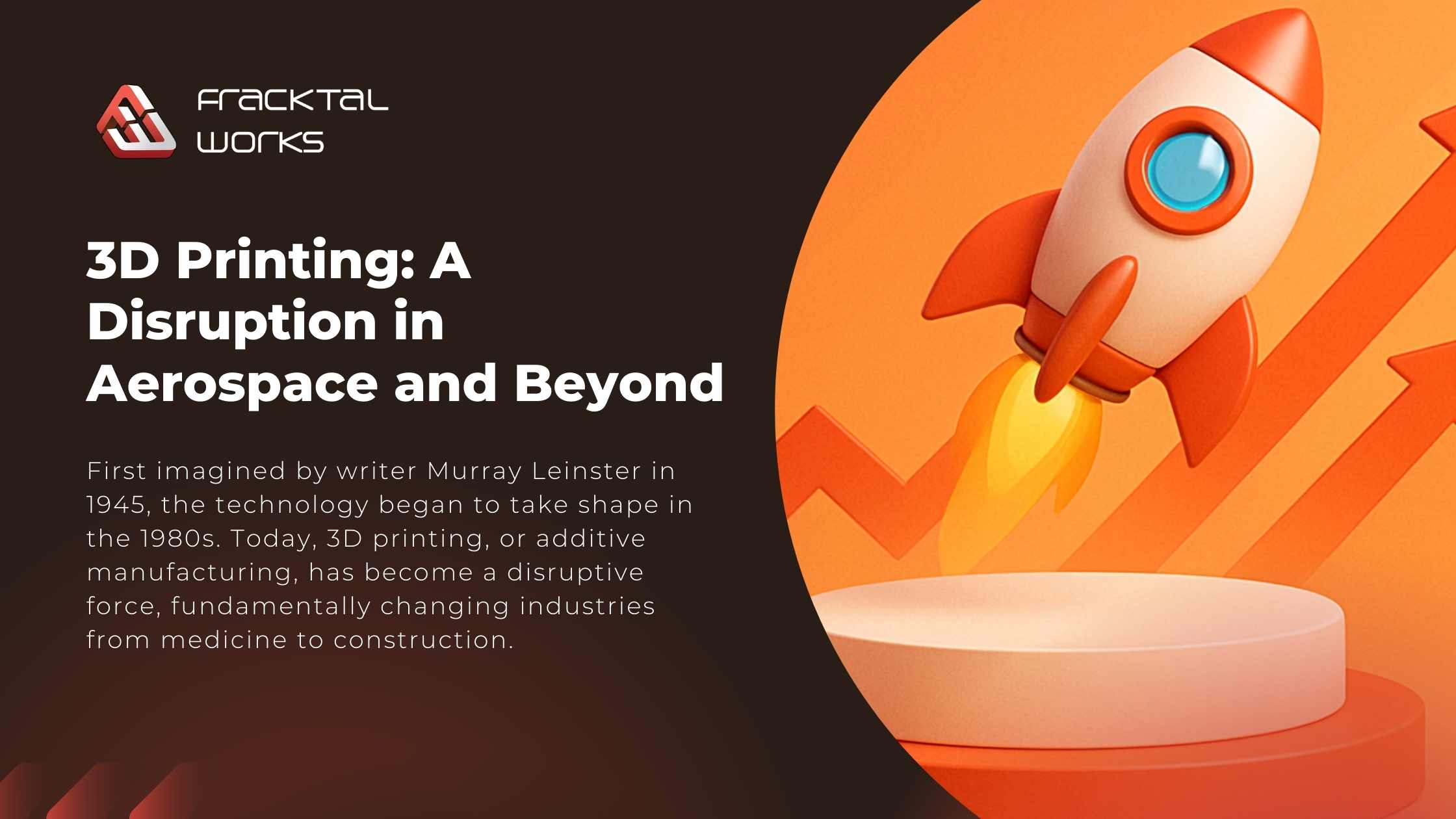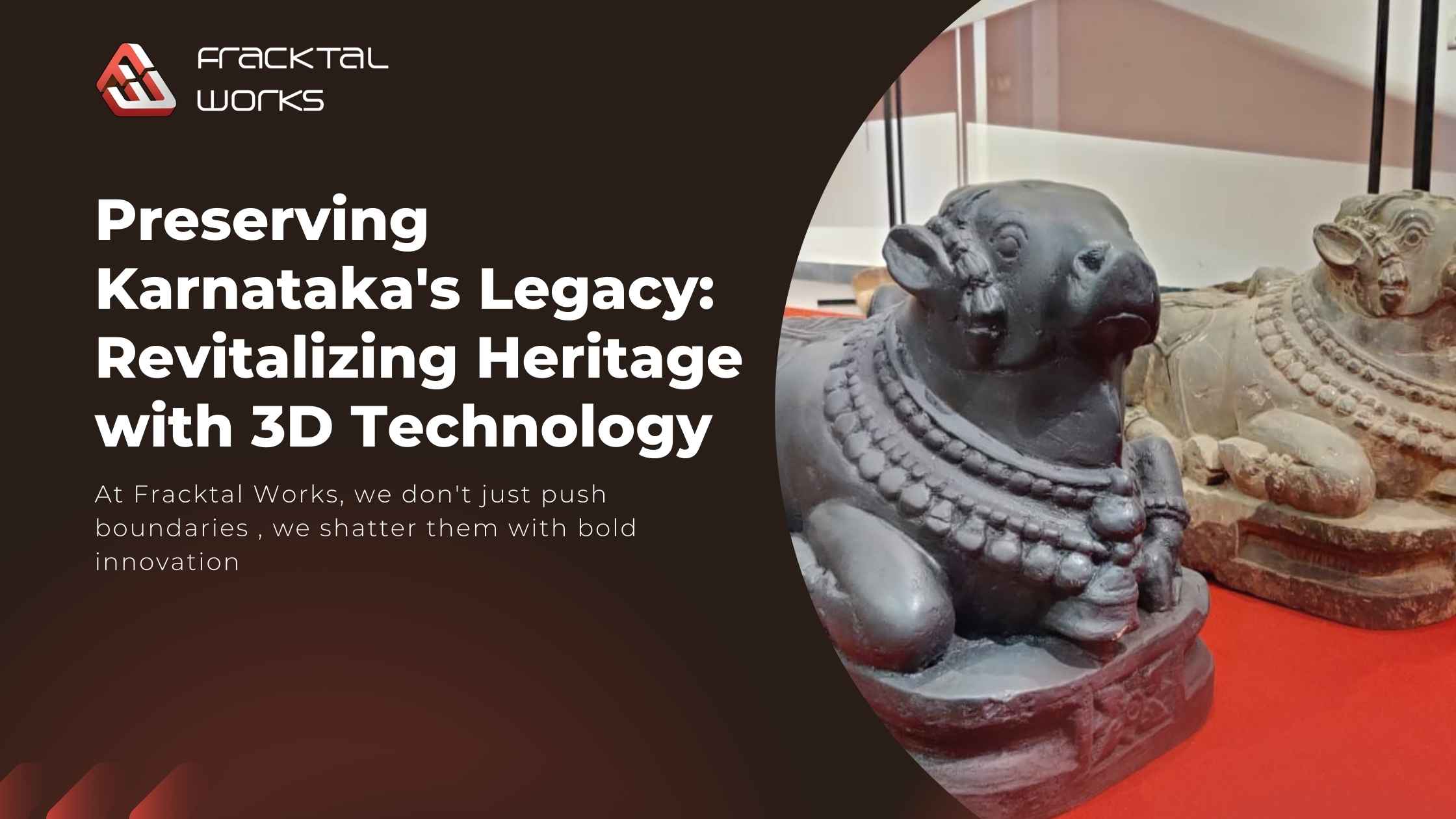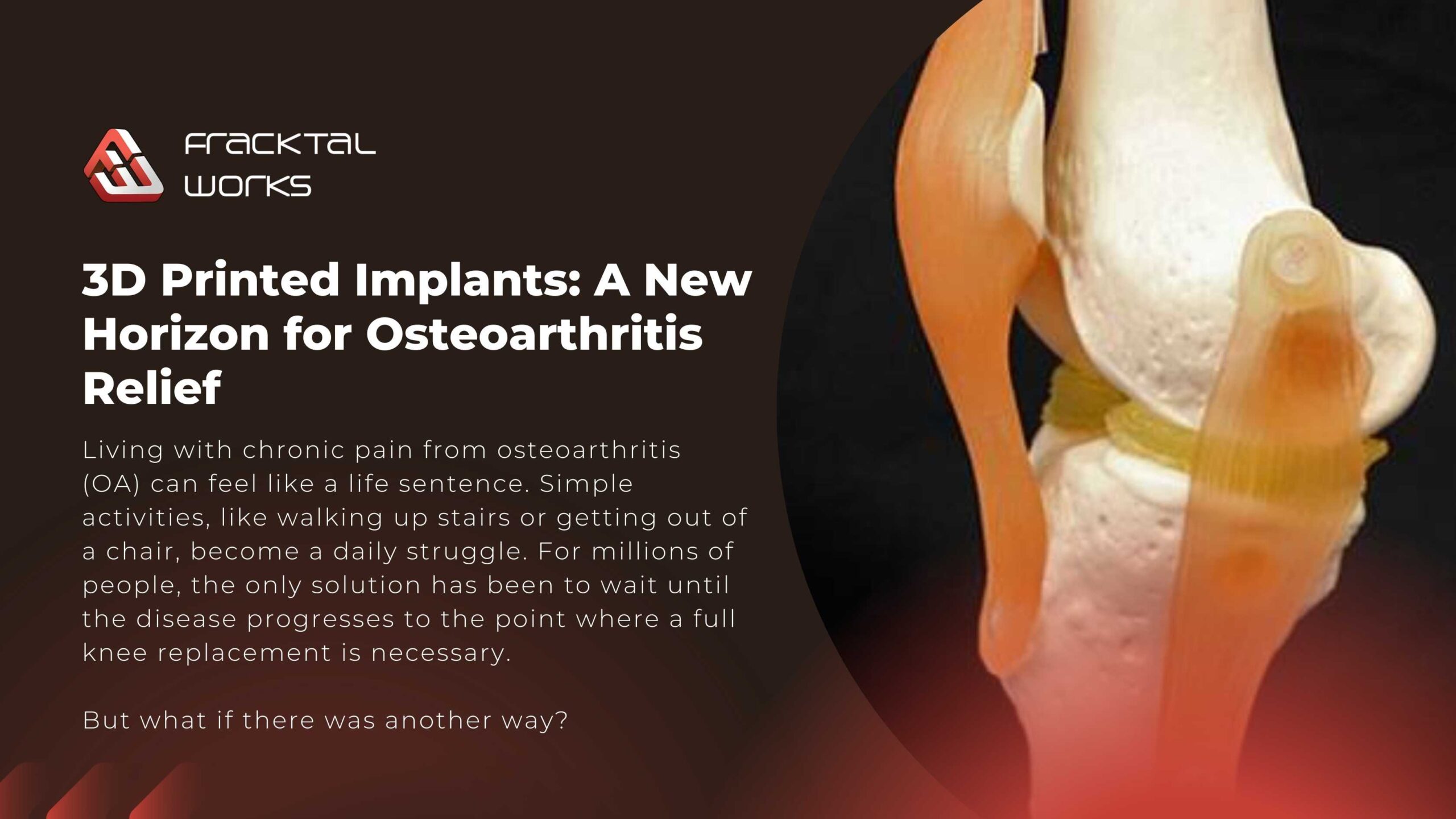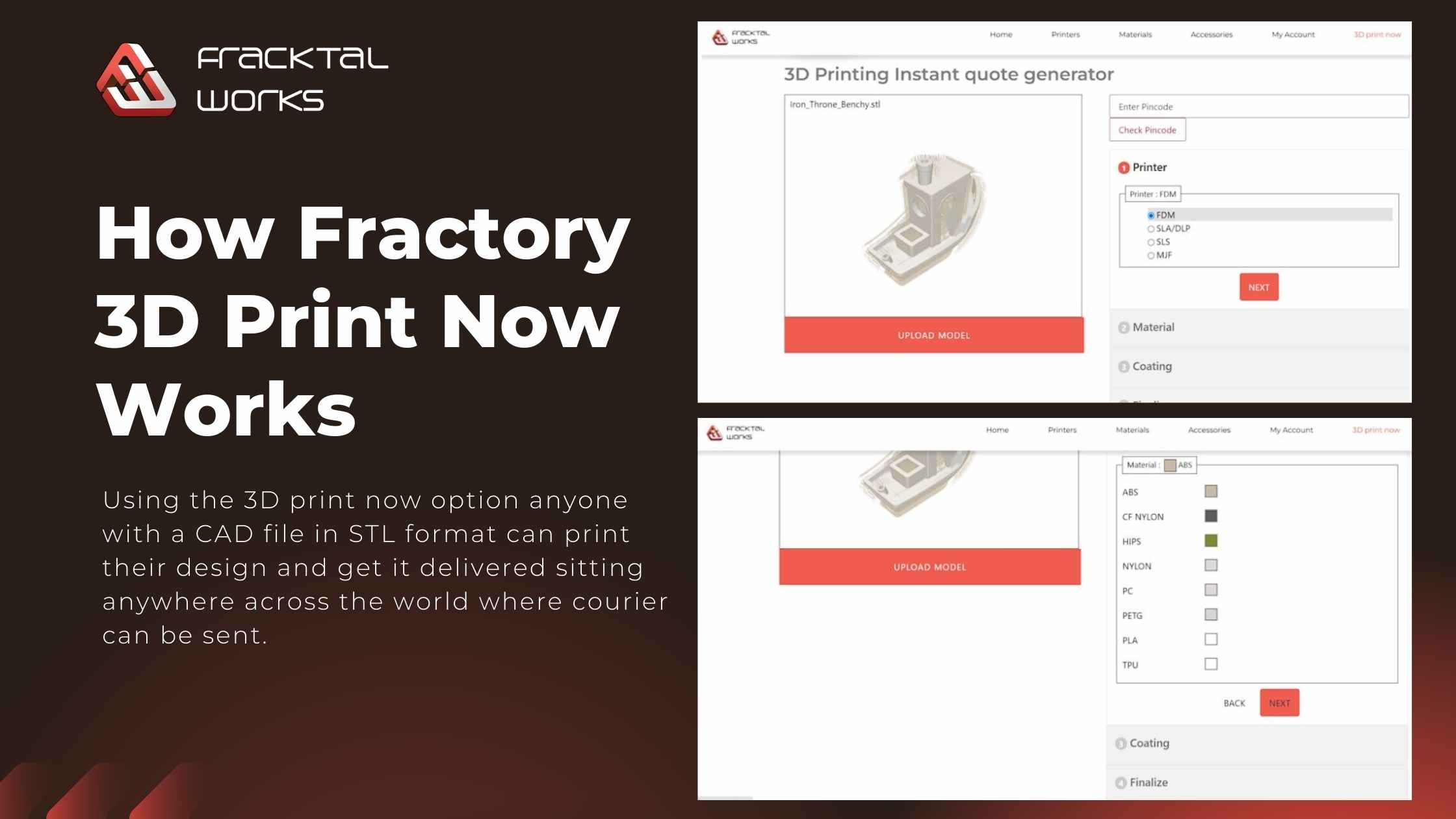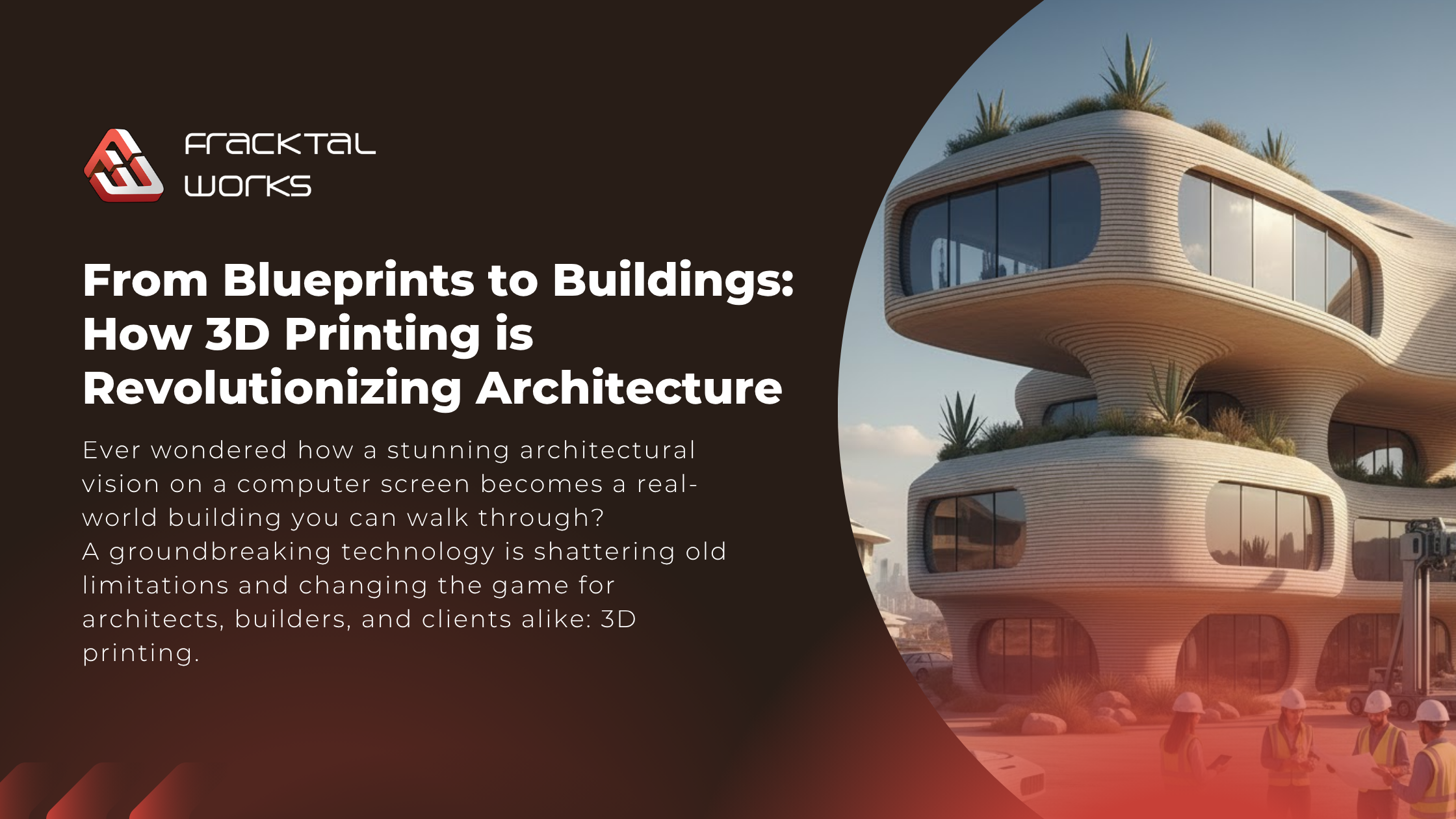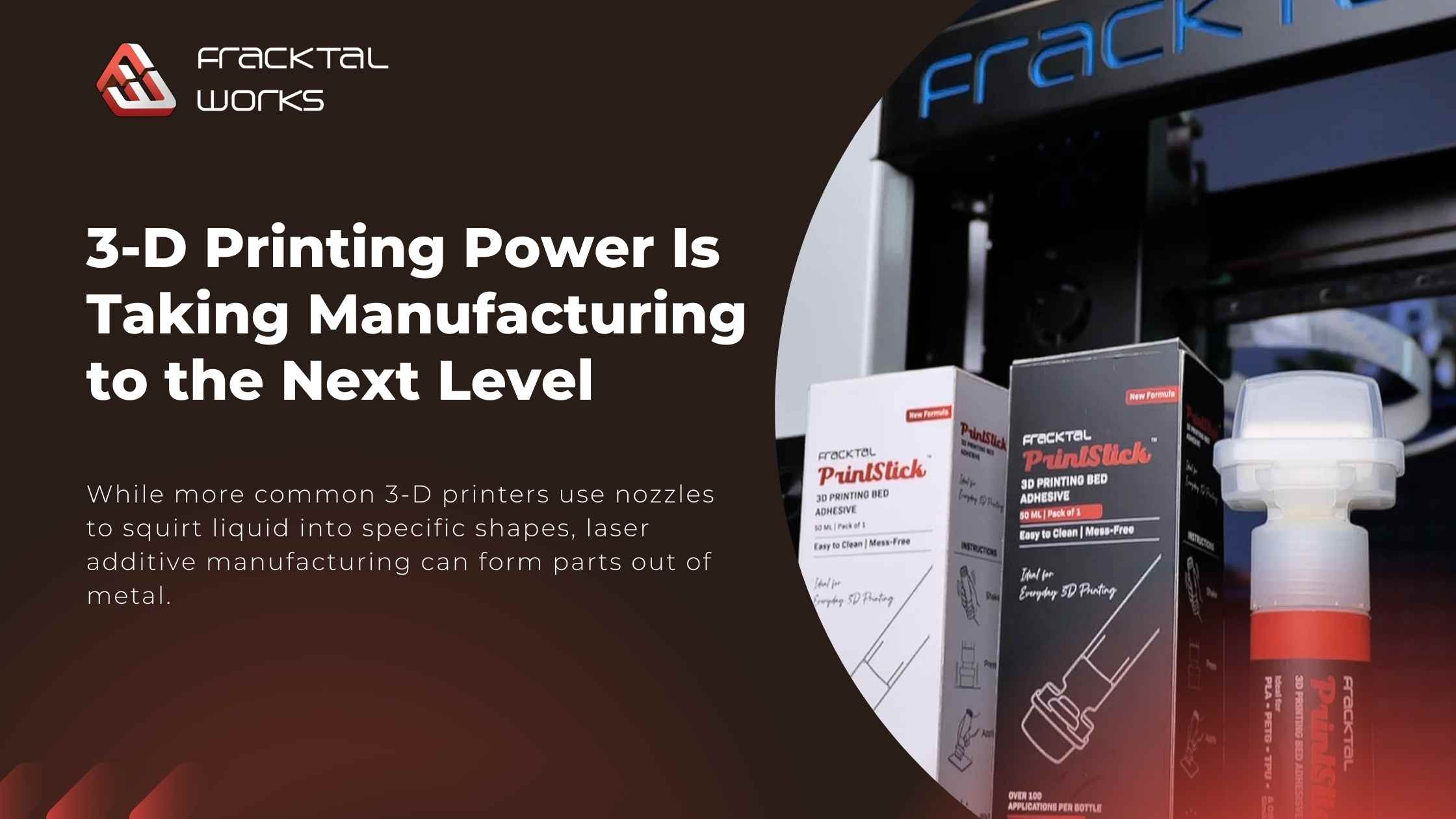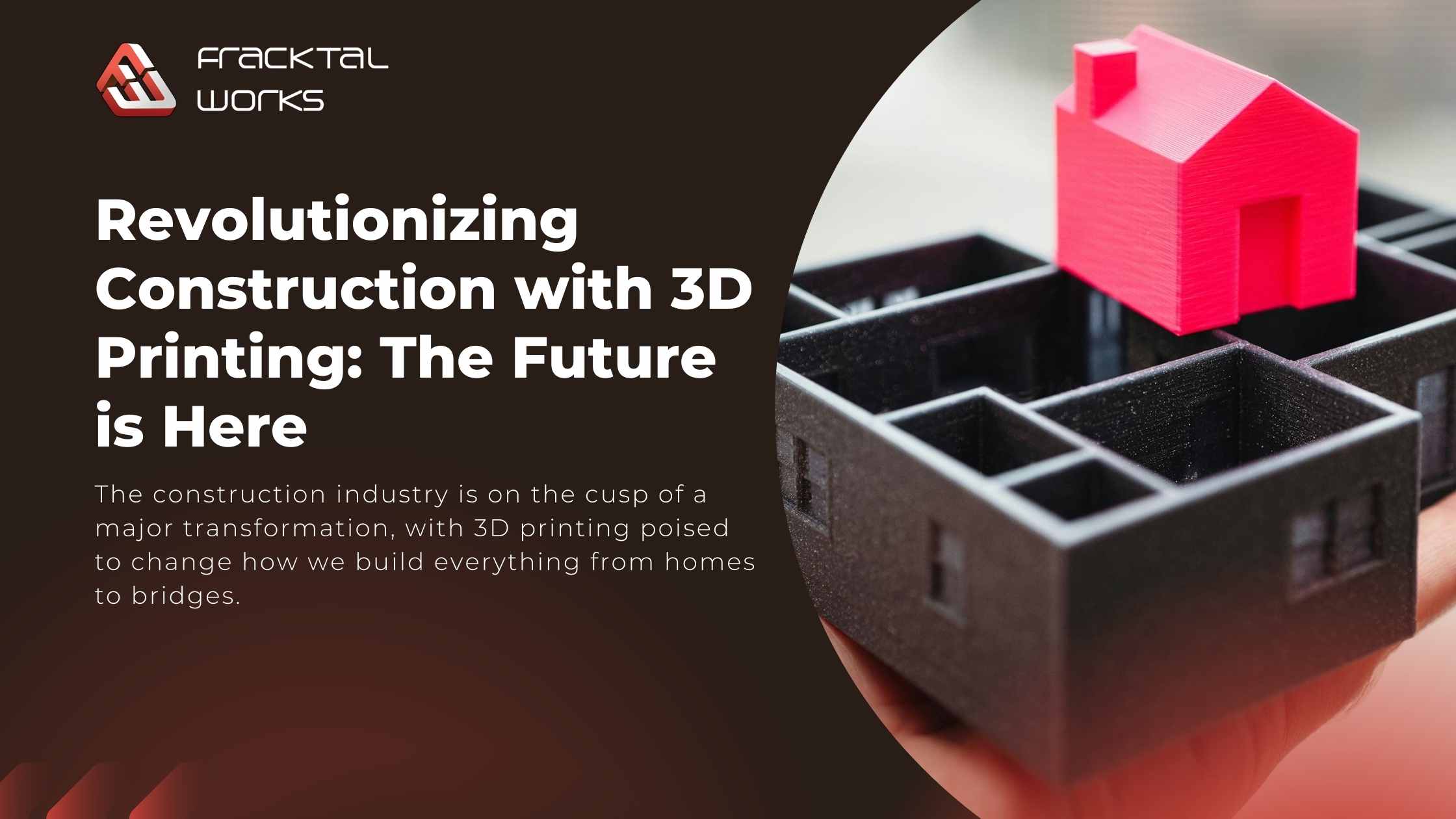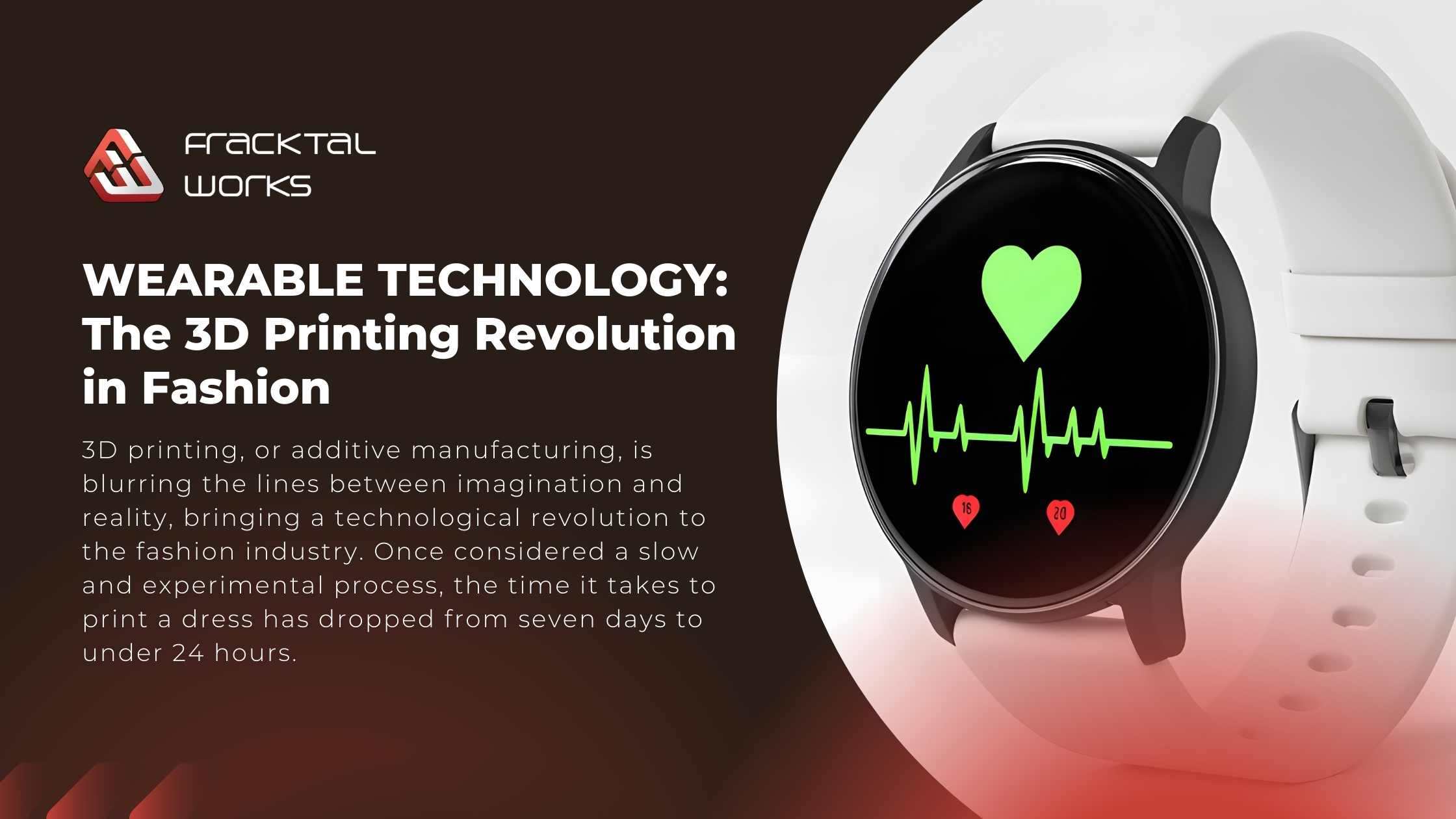The concept of 3D printing, once confined to the pages of science fiction, is now a powerful reality. First imagined by writer Murray Leinster in 1945, the technology began to take shape in the 1980s. Today, 3D printing, or additive manufacturing, has become a disruptive force, fundamentally changing industries from medicine to construction.
At its core, 3D printing is the process of creating a three-dimensional solid object from a digital file. The process begins with a designer creating a 3D model using software like Computer-aided Design (CAD) or Building Information Modelling (BIM). This model is then “sliced” into numerous thin layers by a slicing software and fed to a 3D printer, which builds the object layer by layer. This technology is being used across a wide range of industries to create everything from concept models and machine parts to entire buildings.
3D printing’s key advantages include:
- Speed and Efficiency: It is fast, cost-effective, and simplifies the production of complex designs.
- Minimal Waste: The process uses only the required amount of material, reducing waste and making it more economical and environmentally friendly.
- Customization: It gives designers the freedom to customize and improvise designs, making it easy to create prototypes for visualization and functional testing.
The Aerospace Industry: A Pioneer in 3D Printing
The aerospace industry was one of the earliest adopters of 3D printing and has benefited immensely from its capabilities. The technology has been instrumental in meeting the high demand for lightweight parts, which are crucial for reducing fuel consumption and operational costs.
- Lightweight Components: In 2019, Boeing created the first 3D-printed metal satellite antenna for the AMOS17 satellite, consolidating numerous parts into a single, lighter component.
- Faster and Cheaper Production: The manufacturing of end-use aerospace components has become faster and more cost-effective, a major advantage for private organizations.
Key Aerospace 3D Printing Methods
The aerospace industry uses technologically advanced methods and unconventional materials to print complex, high-performance parts suitable for extreme environments.
- Vat Photopolymerisation: This method hardens photopolymers with UV light and includes techniques like Stereo Lithography (SLA) and the faster Continuous Liquid Interface Production (CLIP).
- Material Jetting: This functions like a 2D inkjet printer, extruding and hardening material layer by layer to produce multi-color objects.
- Material Extrusion: A continuous filament of thermoplastic material oozes from an extruder’s nozzle. Fused Deposition Modeling (FDM) is a popular method used for lightweight and cost-effective components.
- Powder Bed Fusion: This method uses a laser or electron beam to melt and fuse powder materials together. Techniques include Direct Metal Laser Sintering (DMLS) and Selective Laser Sintering (SLS), which are used for metal and plastic parts respectively.
3D Printing in Space Exploration and Travel
The impact of 3D printing extends beyond our planet, with applications that are revolutionizing space travel and exploration.
Making Space Travel Affordable
Private companies are using 3D printing to make space travel more accessible and affordable.
- Fully 3D-Printed Rockets: Relativity Space, a California-based company, is developing the first fully reusable 3D-printed rocket, Terran 1. The use of 3D printing reduces the number of parts and significantly shortens the production timeline from 18-24 months to just 2-3 months.
- Eco-Friendly Rockets: British aerospace company Orbex has 3D-printed eco-friendly rockets with engines designed using SLM technology, which run on liquid oxygen and propane to reduce carbon emissions.
Manufacturing on Other Planets
The ultimate goal for 3D printing in space is to enable extraterrestrial construction and manufacturing.
- In-Situ Resource Utilization: Instead of carrying all materials from Earth, 3D printers could use in-situ resources. The Marsha Mars habitat, designed by AI SpaceFactory, is a prime example. It is designed to be printed with basalt, a material found on Mars, ensuring compatibility with the Martian environment and eliminating the need for costly material transport.
NASA and 3D Printing in Space
NASA views 3D printing as a solution to the immense cost and logistical challenges of sending parts to space.
- On-Demand Parts: Sending a single part to space costs thousands of dollars. By using 3D printers on the International Space Station (ISS), astronauts can manufacture required parts on-site. The fused filament fabrication (FFF) process works well in microgravity and allows astronauts to print tools and replacement parts as needed.
- Waste Reduction and Recycling: To further reduce the amount of material that needs to be transported, NASA has launched a polymer recycler on the ISS. This device can process raw materials and convert trash into usable material for 3D printing.
The Environmental and Economic Future
The development of 3D printing is going to make a huge difference in the battle against climate change. The carbon footprint produced by traditional manufacturing is massive, and kerosene-fueled rockets add large amounts of soot to the upper atmosphere. By reducing the number of parts and the overall weight of space vehicles, 3D printing lowers carbon emissions and waste generation.
In another thirty to fifty years, 3D printing in the aerospace industry is going to be a force of change. This rapidly developing technology will ultimately lower the cost of production for space vehicles and applications, making space travel easier and more affordable in the near future.

